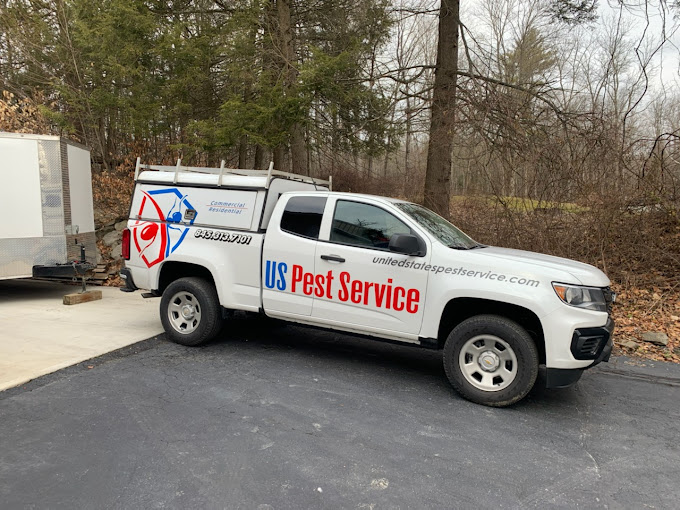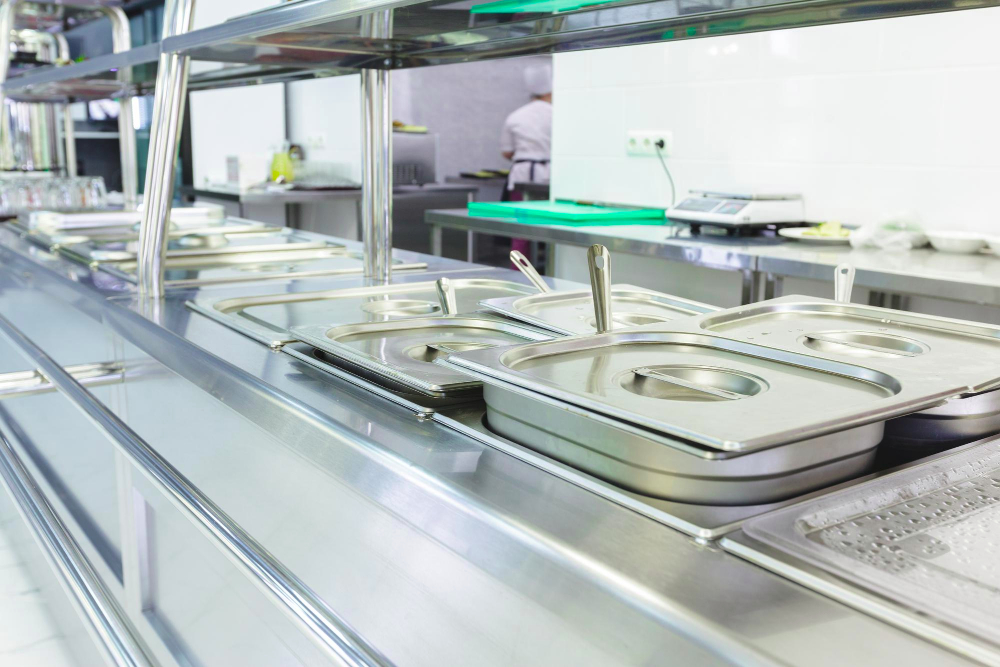Restaurants face strict hygiene rules to protect customers and maintain their reputation. Rodents, cockroaches, and flies, among other pests, can quickly compromise these standards. They carry germs, spread bacteria, and contaminate food, making restaurant pest control a crucial aspect of restaurant maintenance.

Why Restaurants Attract Pests
There’s no reason why pests shouldn’t be in restaurants. After all, restaurants have food, water, and shelter. Food scraps, spills, and garbage are common in kitchens and dining areas. Even the smallest of crumbs and spills can attract ants, cockroaches, and rodents. Water from leaks or condensation offers the moisture pests need to survive.
The busy environment of a restaurant means cleaning might not always catch every spill or crumb immediately. Storage areas with boxes and containers can create hiding spots. Warmth from cooking equipment also makes kitchens inviting for pests looking for a cozy place.
Common Restaurant Pests and Their Impact
Rodents chew through packaging and wires, damaging equipment and contaminating food with droppings and urine. Cockroaches spread bacteria and allergens, triggering food poisoning and asthma. Flies carry pathogens from garbage to food surfaces, increasing contamination risk.
These pests don’t just cause health issues. A pest sighting can lead to a fine, failed health inspections, loss of customers, and damage to a restaurant’s reputation.
The cost of pest-related problems often exceeds the cost of prevention.
How Pests Spread Contamination
Pests move freely between dirty and clean areas. Rodents and cockroaches travel through drains, garbage areas, and food prep zones, picking up germs along the way. They leave behind bacteria that can cause illness when they come into contact with food or surfaces. Cockroaches produce allergens that affect sensitive individuals. Flies land on waste and then on food, transferring harmful microbes. Even ants can carry bacteria from garbage to food preparation areas.
Maintaining Cleanliness to Reduce Pest Risks
Keeping a restaurant pest-free starts with maintaining strict hygiene standards. Floors, counters, and equipment should be cleaned regularly to remove food particles. Trash bins must be emptied often and cleaned to prevent odors that attract pests.
Storage areas need to be organized and kept dry. Food should be stored in sealed containers off the floor. Regular checks for leaks and moisture help remove the water sources that pests need.
Staff training is important so everyone understands how their actions affect pest control. Simple habits like wiping spills immediately and closing doors properly can make a big difference.
Sealing Entry Points and Monitoring
Pests enter through cracks, gaps, and openings around doors, windows, and vents. Sealing these entry points reduces access. Installing door sweeps and screens keeps pests out while allowing ventilation.
Regular inspections help catch pest activity early. Monitoring devices and traps placed in strategic locations provide information on pest presence and movement. This allows for quick responses before infestations grow.
Professional Pest Control in Restaurants
Professional pest control services offer tailored solutions for restaurants. Experts identify pest types, entry points, and problem areas. They use treatments and techniques that minimize disruption to operations and focus on long-term control.
Regular service visits help maintain a pest-free environment. Professionals also provide documentation that supports health inspections and compliance with regulations.
The Role of Staff and Management
Everyone in a restaurant plays a part in pest prevention. Management should set clear policies and provide resources for cleaning and maintenance. Staff should be trained to recognize signs of pests and report issues promptly.
Communication between kitchen, cleaning crews, and pest control providers ensures a coordinated effort. This teamwork helps keep the restaurant safe and clean.
Long-Term Strategies for Pest Prevention
Pest control isn’t a one-time fix. It requires ongoing attention. Regular cleaning, maintenance, and inspections must be part of daily routines. Updating equipment and repairing structural damage also help reduce pest entry.
Keeping outdoor areas clean and free of debris prevents pests from nesting near the building. Managing waste properly and controlling moisture around the property further reduce risks.
Responding Fast to Pest Problems Protects Your Business
Seeing a pest in your restaurant is a warning sign that needs attention right away. Small pests like ants or fruit flies may seem harmless, but ignoring them can lead to bigger problems. Rapid response limits their ability to contaminate food or multiply behind the scenes.
Staff training should include steps for reporting and dealing with pests, from cleaning up spills to removing infested products. Managers should follow up by inspecting the area and calling in professionals if necessary.
Quick action shows both staff and customers that hygiene comes first. It also minimizes business disruptions by tackling issues before they escalate, helping keep your restaurant’s reputation strong.
Conclusion
Pests threaten restaurant hygiene by contaminating food and surfaces and damaging property. Their presence can lead to health risks, failed inspections, and lost business. Preventing infestations requires clean practices, sealing entry points, monitoring, and professional help. When everyone in the restaurant works together and with the help of a pest control company, pests have fewer chances to invade and disrupt operations.

